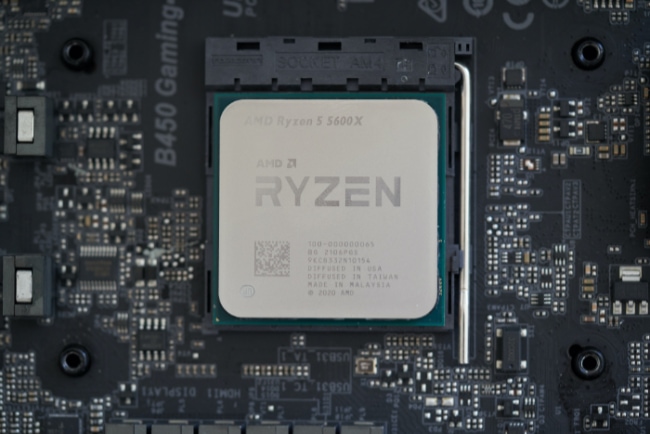What Is Cache Memory and Its Types?
The cache memory in your computer is a small, but important part of the system. It can be found on both desktops and laptops, and it’s used to store information that has been recently accessed by the processor.
This way, if the processor needs to access this information again, later on, it can do so quickly because it will already be stored in the cache memory.
Cache memories are created from different types of storage devices including Level 1-3 caches which are built into each individual core.
What Is Cache Memory and How Does It Work?
Cache memory is a type of computer memory that stores data and instructions for quick access by the processor. The processor can access data from cache memory faster than it can from the main memory, which is why having a good cache memory is important for computers with limited processing power.
Cache memory works by storing recently used information in its own dedicated area of fast storage so that it can be accessed quickly when needed. This prevents the processor from having to search through the slower main memory for the information it needs, which can significantly improve performance.
Types of Cache Memory
Cache memory is divided into L1, L2, and L3:
L1: The primary cache is located on the chip itself and is used to store data that is most likely to be accessed by the processor.
L2: Secondary cache exists on a separate chip or on the CPU. It’s bigger than L1 and closer to the processor but still slower than L1 which allows it to be built into high-performance processors with a large cache size without slowing down latency too much.
L3: L3 cache is usually double the speed of DRAM but it is slower than L1, and L2.
Cache Hit and Miss
Cache Hit: When the processor requests information from cache and gets what it needs, this is called a cache hit.
Cache Miss: If the processor requests information from cache and does not find what it needs, this is called a cache miss.
When a cache miss occurs, the processor needs to wait for the data it needs from standard RAM.
Cache Replacement Policies
To make space for new data, cache memory must be able to discard old information. The way this is done depends on the computer system and the type of memory that’s being used.
In most cases, LRU (least recently used) is the default replacement policy for cache memory.
Least recently used (LRU)
The LRU policy is based on the assumption that if a location has not been accessed for some time, it’s likely to be used less frequently in the future. The least recently used items are replaced first when new ones are added.
Cache Write Policies
Write-back
When data is written to the cache, it’s not immediately stored in the main memory. Instead, it’s first stored in the cache and then copied over when the cache replacement policy dictates that it must be replaced.
Write-through
Cache memory using a write-through policy immediately updates information stored in main memory. Any time data is written to cache, the change will also be applied in main memory.
How Cache Memory Affects the Performance of a Computer System
Cache memory can have a significant impact on the performance of a computer system. When data is stored in cache memory, it can be accessed much faster than if it was stored in the main memory.
This is because the processor can access data from cache memory directly without having to go through the slower main memory.
The size of the cache memory also has an impact on the performance of a computer system. Larger cache sizes allow for faster data retrieval and can thus improve overall system performance by reducing latency times, which is important for high-performance servers.
Cache Memory in Relation to RAM
Cache memory is not the same as RAM. Cache memory is a small, fast storage area that is used to store information that has been recently accessed by the processor.
RAM, on the other hand, is a larger, slower storage area that is used to store information that is currently being used by the processor.
Because of this difference, cache memory can be used to improve the performance of a computer system even if it has a lot of RAM. This is because the processor can access data from cache memory faster than it can from RAM, which can result in improved performance overall.
Conclusion
Cache memory can be used to improve the performance of a computer system by reducing latency times and increasing throughput. This is accomplished because cache memory serves as a temporary storage area for instructions, data, or other information that is repeatedly used by the processor.
It doesn’t have its own power source so it only retains the contents when powered up with electricity.



